The Milla-Yovovich-bound card, creepy zombie Geralf’s Messenger will help us figure out such interesting abilities as Undying and Persist.

Oracle Text:
Creature — Zombie
Geralf’s Messenger enters the battlefield tapped. When Geralf’s Messenger enters the battlefield, target opponent loses 2 life.
Undying (When this creature dies, if it had no +1/+1 counters on it, return it to the battlefield under its owner’s control with a +1/+1 counter on it.)
Geralf’s Messenger’s first ability is static and generates a replacement effect. This effect replaces the way Geralf’s Messenger enters the battlefield. We have seen that kind of abilities before, when looking at Valakut, the Molten Pinnacle (actually, it has the exact same ability) and Essence of the Wild (this one is a little different). Here is a simple rule to keep in mind about replacement effects:
Replacement effects that modify the way a creature enters the battlefield are applied in the following order:
- first, control-changing effects;
- then copy effects;
- then all other effects
Geralf’s Messenger enters the battlefield tapped. It doesn’t matter how exactly it gets there — as a result of resolving the creature spell, resolving its third ability, or any other effect that puts it onto the battlefield in some way from somewhere. The exception is when there are additionally control and copy effects involved, which may impact the very existence of the creature or its ability.
If you control Essence of the Wild, Geralf’s Messenger enters the battlefield under your control untapped as a copy of Essence (with a +1/+1 counter if it happens when Undying resolves).
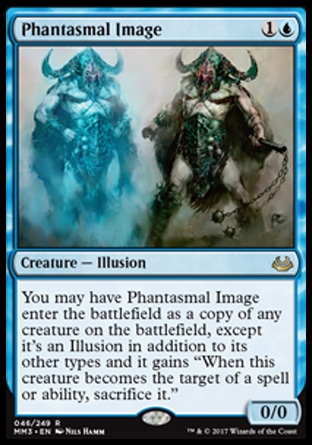
Phantasmal Image enters the battlefield as a tapped copy of Geralf’s Messenger with an additional ability. Its second ability triggers.
Geralf’s Messenger’s second ability is triggered. It triggers when Geralf’s Messenger enters the battlefield in any way. The second ability isn’t concerned with what happens to Geralf’s Messenger after it has entered the battlefield. An ability on the stack does not depend on its source.
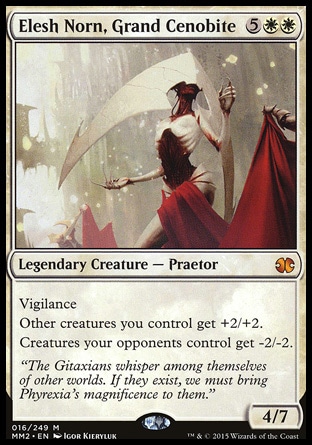
If your truly cunning opponent controls Elesh Norn, Grand Cenobite, when your Geralf’s Messenger enters the battlefield (in its normal shape), its ability will trigger. SBA are performed, and the Messenger goes to the graveyard, and that’s when Undying triggers. You will control two triggered abilities which you may put onto the stack in the order you like.
Unlike Geralf Messenger’s first ability, the second one goes onto the stack and may be countered by related spells and abilities.
When putting the ability onto the stack, you must target an opponent. If you cannot, for instance due to Leyline of Sanctity’s effect, the ability is simply removed from the stack.
When this ability resolves the target opponent loses 2 life. I will remind that losing life isn’t damage:
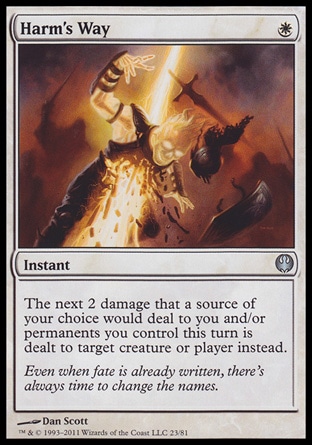
Your opponent will not be able to prevent loss of life by redirecting damage with Harm’s Way. There is no damage to be dealt.

Bloodthirst and loss of life do not go along. Furyborn Hellkite won’t get any counters.
Finally, let’s inspect Geralf’s Messenger’s third ability. It’s the most curious one.
Undying
Undying is a conditional triggered ability. That means it triggers only when a triggered ability occurs (the creature with Undying dies) AND the condition is matched (it didn’t have any +1/+1 counters on it).
Let’s consult the dictionary: “A creature “dies” if it is put into the graveyard from the battlefield”. It doesn’t matter how exactly that happens:
Sacrificing a creature is moving it from the battlefield into the graveyard.
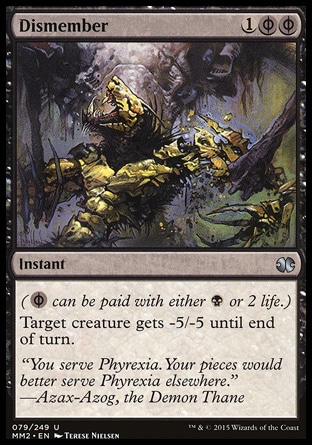
If a creature is put into the graveyard from the battlefield as SBA are performed, it “dies” too.
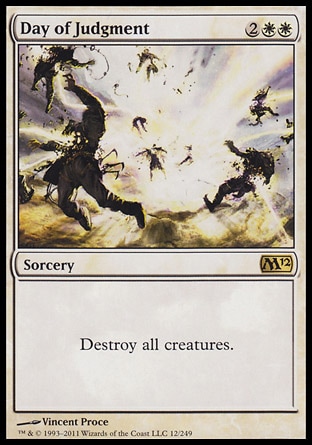
Destroying a creature also results in moving it to the graveyard from the battlefield.
But what matters is the presence of +1/+1 counters. According to the rule,
704.7. If a state-based action results in a permanent leaving the battlefield at the same time other state-based actions were performed, that permanent's last known information is derived from the game state before any of those state-based actions were performed.

You control a Geralf’s Messenger with a +1/+1 counter on it. A cunning opponent casts Black Sun’s Zenith declaring X=3, through which Geralf’s Messenger gets three -1/-1 counters. When SBA are performed, one of each counters must cancel each other out, and at the same time, Geralf Messenger must be put into the graveyard. Last time Geralf Messenger was on the field it had a +1/+1 counter, therefore Undying doesn’t trigger.
But not all spells and abilities that put -1/-1 counters on creatures are Undying’s enemies, quite on the contrary. Undying is also friends with effects that move or remove counters:
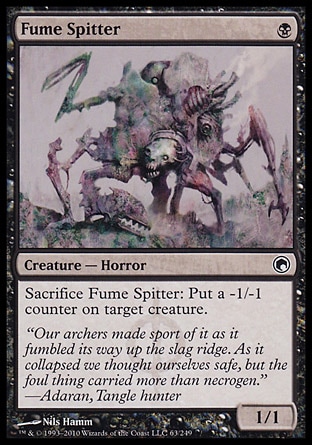
Fume Spitter’s ability puts a -1/-1 counter on target creature. If it had a +1/+1 counter on it, they will cancel each other out upon the nearest SBA check, which will allow Undying to trigger later.
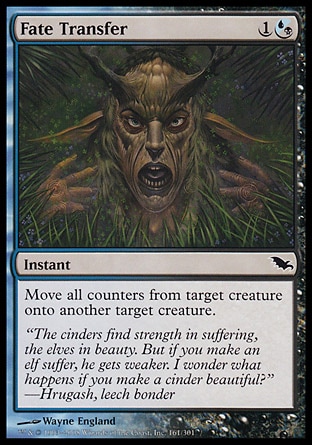
The effect of Fate Transfer moves all counters from one target creature onto another. That’s a double win: remove the +1/+1 counter from Geralf’s Messenger to have it reenter, and pump another guy.
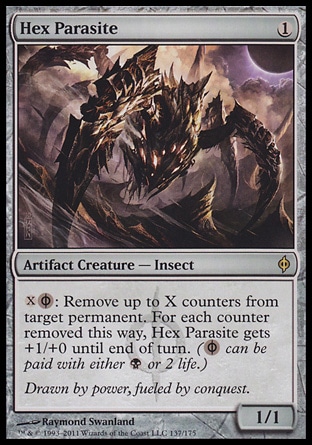
The effect of Hex Parasite’s ability allows to simply remove the +1/+1 counter from Geralf’s Messenger, pumping Hex Parasite itself in the process.
If the ability has triggered, then as it resolves, the object that was a creature with Undying in its last moment returns to the battlefield. It matters not whether it returns as the same creature, or if it is a creature at all. The ability tracks the object, not the fact that it is any creature.
I will remind here that an object that has changed zones is considered a new object, and has no “memory” of its past existence. Even if it is the exact same card, the permanent entering the battlefield is a new object. Geralf’s Messenger is a different creature after it re-enters the battlefield as its Undying trigger resolves. It enters the battlefield tapped through its first ability; its second ability triggers. It is subject to the “summoning sickness”.
Phyrexian Metamorph as Geralf’s Messenger with no counters dies. In the graveyard, it is the Metamorph card in its original shape, but since leave-the-battlefield triggers go off from the battlefield, and Phyrexian Metamorph was a Messenger with no counters on it, Undying will trigger.
As it resolves, the Metamorph hits the field with a +1/+1 counter. Since it has an ability that replaces its normal entering, Metamorph’s controller may choose a creature or artifact on the battlefield for Metamorph to become a copy of. If it is a noncreature artifact, the counter is still placed on it, but it is meaningless until that object becomes a creature.
If there is any Geralf’s Messenger on the field, you may choose to copy it. Then Phyrexian Metamorph hits the field as a tapped copy of Geralf’s Messenger with a +1/+1 counter, and its second ability will trigger.
If the Messenger is not on the field, Metamorph cannot return as a copy of it, since it is a new object and it doesn’t remember anything about its past incarnation.
If a permanent has multiple instances of Undying, each of them triggers separately, but only one will have effect. After the uppermost one on the stack returns the creature card to the battlefield, the following ones won’t find the object there. Even if until the second trigger resolves the creature appears in the graveyard again, the game will treat it as a new object, so the Undying trigger on the stack will not find it.
If multiple creatures with Undying with no counters on them are put into graveyards, their triggers go off, then each player puts the triggers under his or her control onto the stack in APNAP order, with each player putting his or her triggers in the order they prefer. Since triggers do not resolve all at once, the creatures return to the battlefield one by one.



Sometimes it happens so that as Undying resolves, nothing may be returned, or there is nothing to return:
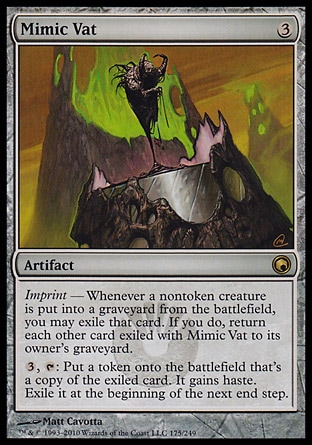
When a token of Geralf’s Messenger imprinted on Mimic Vat dies and it didn’t have +1/+1 counters on it, Undying triggers. But upon the nearest SBA check the token ceases to exist, and Undying will have nothing to return on resolution.
If your cunning opponent removes the creature from your graveyard in response to Undying, for instance by targeting the perished creature with Extirpate, the card will be exiled as Extirpate resolves, so there will be nothing to return as Undying resolves.
Grafdigge’s Cage’s effect does not allow creatures to be put onto the battlefield from graveyards. Therefore, if the object that the Undying trigger attempts to return to the battlefield is a creature card, it remains in the graveyard. If it isn’t, it enters the battlefield.
Keep in mind that Undying returns the object under its owner’s control. Let’s take a look:
If your cunning opponent “snatches” your Geralf’s Messenger through Olivia Voldaren’s ability and it goes to the graveyard with no +1/+1 counters on it, it will trigger. This trigger will be controlled by your opponent (this matters, for instance, when determining the order in which the triggers are put onto the stack). But you will get the Geralf’s Messenger creature with a +1/+1 counter, as you are its owner.
Curious situations:
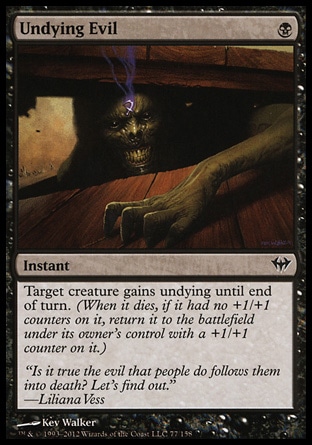
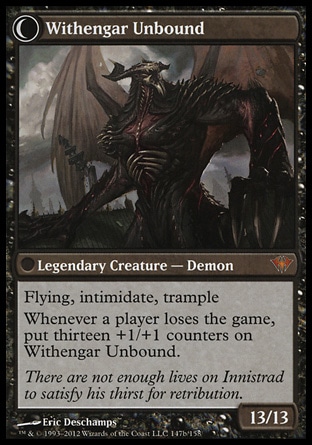
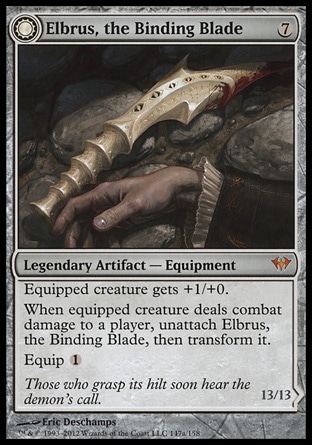
A Withengar Unbound with no +1/+1 counters gets Undying through Undying Evil, then is put into the graveyard. Undying triggers, as it resolves, the card must return to the battlefield with a counter. But since double-faced cards are put onto the battlefield with their front face up, we get an Elbrus, the Binding Blade with a +1/+1 counter which doesn’t do much until Elbrus transforms into Withengar Unbound again.
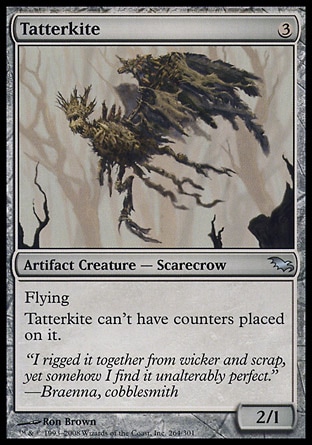
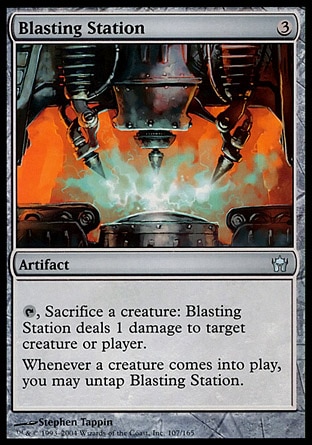
Perpetuum Mobile fans will like this: if you control Mikaeus, the Unhallowed, your Tatterkite gets Undying due to not being a Human. As you activate Blasting Station’s ability, you sacrifice Tatterkite, and Undying triggers. When it resolves, Tatterkite returns to the battlefield, but its own ability prohibits putting any +1/+1 counters on it, so it will have none. Tatterkite’s arrival triggers Blasting Station’s ability, resulting in its untapping. Finally, we resolve the Station’s activated ability and deal one damage to target creature or player. Rinse and Repeat as much as you need =)
Persist
Finally, let’s make an honorable mention of Persist. It functions exactly the same way as Undying, except it is concerned with -1/-1 counters, and puts one of those on resolution.

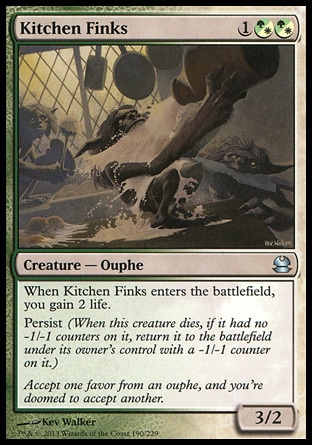
You have got this three cards? That means you have 100500 life. Activate Viscera Seer’s ability, sacrificing Kitchen Finks. Persist triggers. As it resolves, Kitchen Finks returns to the battlefield, but they will not get a -1/-1 counter thanks to Melira, Sylvok Outcast. Repeat N times.
If a creature has both Undying and Persist, it will return to the battlefield with one counter of your choice. But that choice needs to be made as you put your triggers onto the stack. The last one should be the one whose effect you like. It will return the creature onto the battlefield, and then the second one does nothing on resolution.
Here is some extra reading to feel the difference: Kitchen Finks vs Geralf’s Messenger.
- ⇑ When Geralf’s Messenger returns to the battlefield through Undying, it will appear with a +1/+1 counter already on it. There will be no such moment when Elesh Norn, Grand Cenobite’s effect is applied but the counter isn’t, so the Messenger won’t die through Elesh Norn this second time. Read this article about the Layer system for more details.
- ⇑ That is written in the Reminder text for Undying, but the actual text for Undying in Comprehensive rules reads: “When this permanent is put into a graveyard from the battlefield…”.
- ⇑ If Phantasmal Image gets targeted in this situation, its ability will trigger, and you will sacrifice it upon resolution. Maelstrom Pulse will eventually get countered due to having lost its only target.
Translated by Witas Spasovski

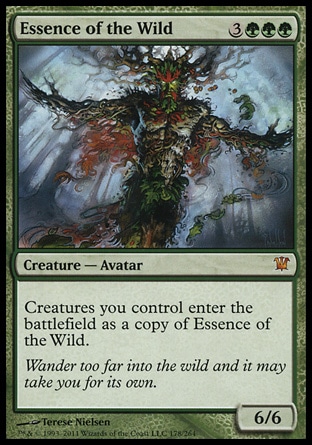

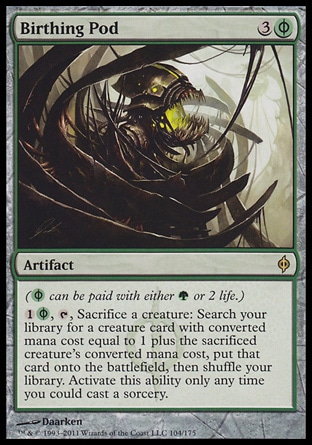

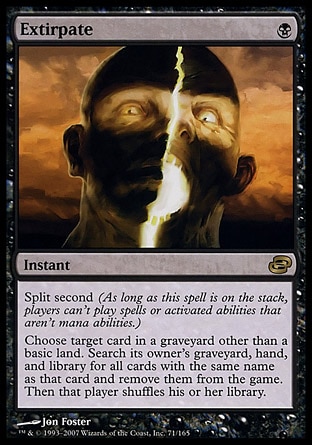
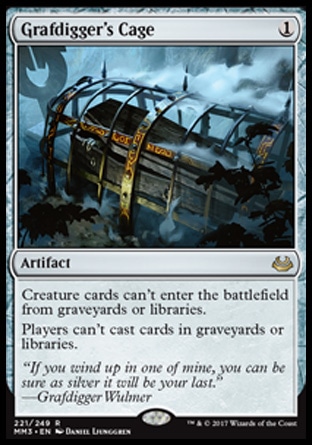
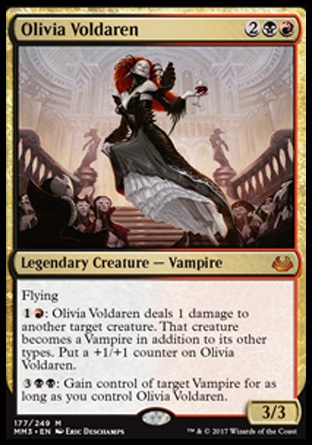

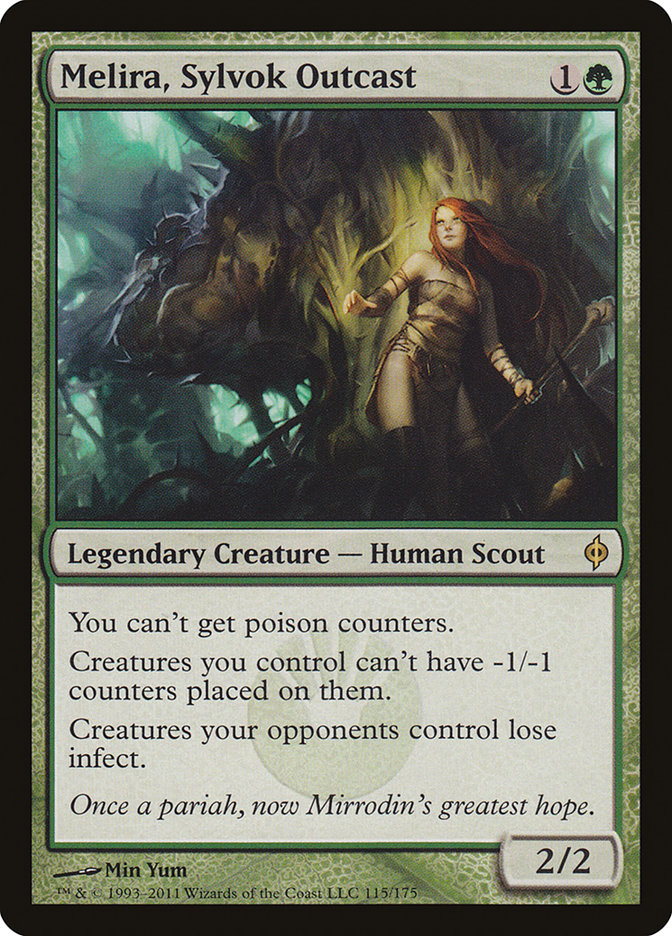
Suppose your cunning opponent casts Maelstrom Pulse targeting your Geralf’s Messenger. You control a Phantasmal Image which is a copy of that Geralf’s Messenger, and your creatures have no counters on them. As Maelstrom Pulse resolves, both of your creatures will be put in the graveyard. Undying will trigger for both. It is important to put them onto the stack in the correct order. If there are no other creatures on the field and you wish to copy the Messenger once again (which is a good idea) you should first put Phantasmal Image’s trigger onto the stack, followed by that of Geralf’s Messenger. Then as Phantasmal Image returns to the battlefield, there will already be a Messenger to copy.